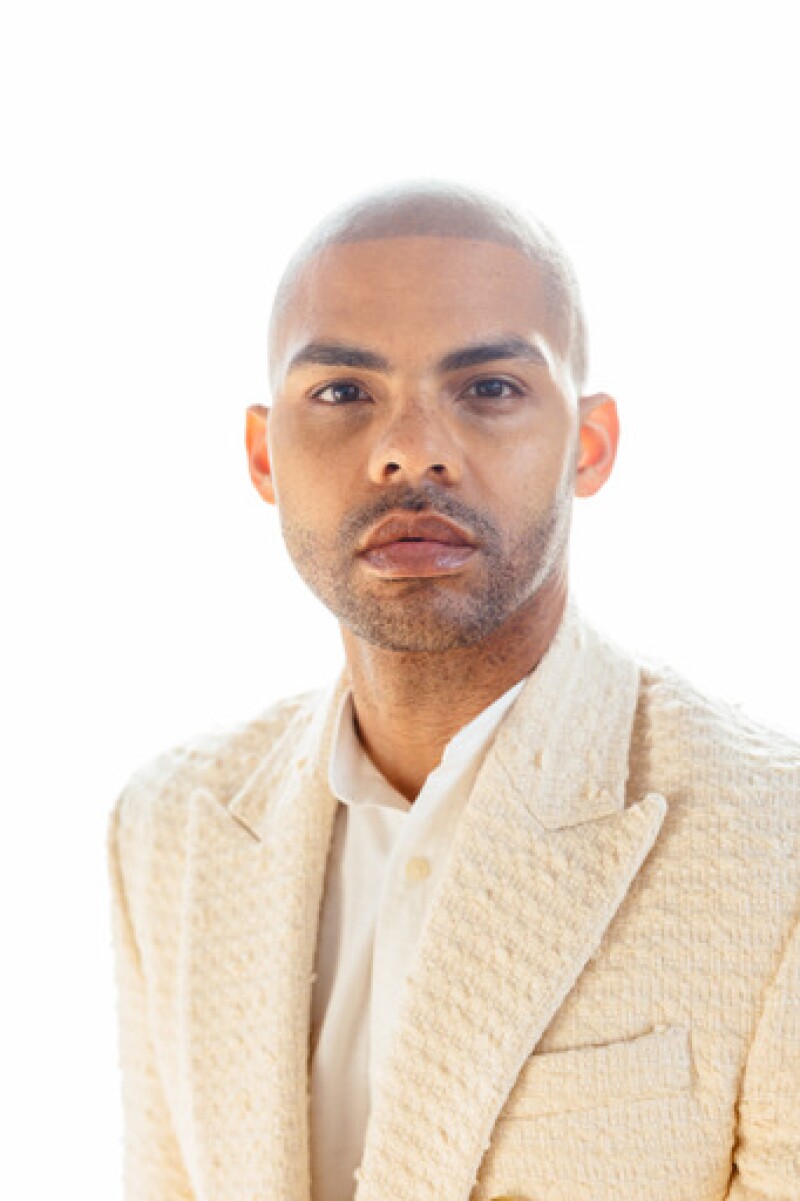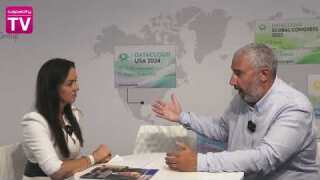
Aaron Russell, head of edge production infrastructure and connectivity at Meta, has been named among the honorees in this year’s Capacity Power 100 list. He tells us about his role in this exciting and rapidly developing part of the industry, and what the edge means for Meta’s future.
As a Power 100 honoree in 2023, what has driven and inspired you over the past year in your role at Meta?
This is one of the most exciting times in digital infrastructure I can recall. One area that has fuelled my passion is advances in AI, on which Meta has done a lot recently, as well as our commitment to bringing the metaverse to fruition.
My role is to lead Meta’s team that focuses on edge production infrastructure and connectivity. This places me squarely at the forefront of evolving and scaling our edge strategy to support future product requirements, while underpinning the needs of our existing family of Facebook applications.
How has your past experience at Meta helped in your role today?
I began at Meta in late 2014, when I was one of the first members of our edge team at a time when we were transitioning to build our own network. After about three years, I had an opportunity to work in some of our connectivity and networking teams in emerging markets including sub-Saharan Africa and the Asia-Pacific region, allowing me to expand my skill set beyond just the edge network. I had the opportunity to support some of our largest subsea cable investments and open transport networks providing fibre backhaul.
This experience helped when I came back to lead the edge segment 18 months ago because to build out this broader, innovative edge, Meta wanted someone with a wide background both helping develop nascent ecosystems in emerging markets and in network engineering across the company.
What are your and Meta’s main focuses in driving the edge strategy today?
Internally, we refer to the strategy as ‘disaggregated edge’. This means that as we think about the long-term need to provide for this more immersive, lifelike 3D content that the metaverse will enable, it’s crucial for us to reduce latency by getting our edge compute and various edge workloads close to user devices.
To support more complex workloads like VR and AR, we’ve also begun deploying graphics processing units in tier-two and tier-three metropolitan areas with growing population densities to help improve latency for people accessing our products across the board.
Day in, day out, billions of people use our products and we continue to invest regularly in digital infrastructure, having spent more than $100 billion of capex and opex in global digital infrastructure since 2017. Considering the 3.8 billion monthly active people [MAP] we have accessing our products today and the future products we will launch, it’s imperative we have an edge network that allows us to provide workloads as close to users as possible.
What is Meta’s approach for combining its edge strategy with its traditional data centre footprint?
Today, Meta has 21 owned and operated data centres under a broader data centre team that continues scaling this strategy. The edge network that my team supports extends beyond the reach of those data centres, helping us facilitate local interconnection with operators in metropolitan areas close to large populations and extending further into growing population centres. Together, these approaches will help create the local infrastructure needed for the future.
On the edge side, we’re working closely with open-access, carrier-neutral colocation facilities to expand in tier-two and tier-three markets as we go wider and deeper at the edge. We’re continuing to leverage these partnerships with third-party facility providers to help accelerate things.
How important are partnerships to making the most of future edge opportunities?
It’s key to understanding each other’s roadmaps. From our side, we continue to advise on where we think this ecosystem is developing next to help partners make investments in the right places and see how we can prime nascent markets for growth longer-term.
One partnership I’m really proud of is with global non-profit advocacy organisation the Internet Society [ISOC]. Meta collaborates with ISOC in promoting the development of internet-exchange-point [IXP] infrastructure, training and community engagement, with the aim of increasing the number of IXPs and supporting the expansion of existing ones to enable faster, more affordable and reliable access to content. At Meta, we have a history of creating innovative partnerships within which everyone benefits from shared technology expertise.
How do you see your role going forward and what are you most excited about for the future?
One thing that’s most important for me as a leader is understanding the changes happening across the industry and translating that into actionable strategy at Meta. I really enjoy the evangelism side of the role too, working throughout the industry to drive collaboration.
Furthermore, I’m not only a Meta employee but also an internet subscriber who, like anyone else, enjoys accessing content. As an example, I’m a terrible golf player, but I love the sport and if I’m playing nine holes in a virtual 3D environment, I need to be able to seamlessly hit the ball without multiple milliseconds of delay.
The only way that’s possible is with the type of edge work we’re doing to help process that interaction in real time. It's great to be part of connecting those dots to bring that reality to fruition.




